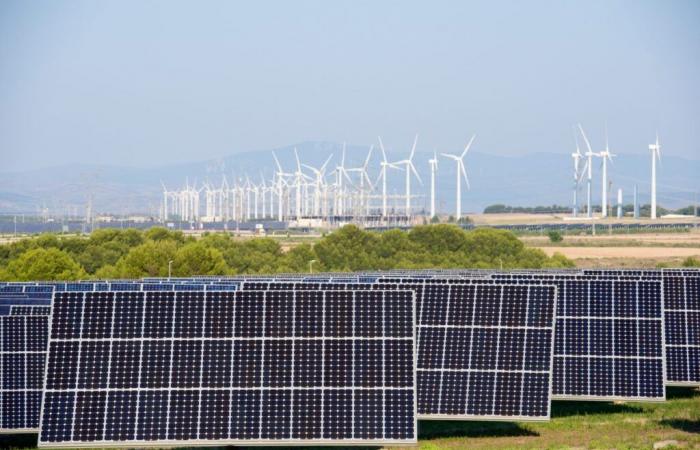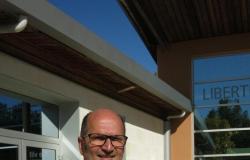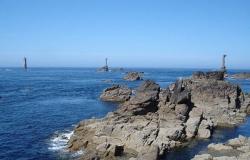The massive deployment of new RE capacity has led to periods where electricity producers have received no income, totaling 1,000 hours of production since the start of the year, said Ignacio Cobo, analyst for Portugal at Afry, during a conference in Lisbon.
In addition, RE assets had to pay consumers for 250 hours of production as prices settled below zero, he added. This means that REs are already facing some tension in terms of the revenue they are able to extract from the market.
Experts have recently warned that negative prices in Spain are likely to intensify due to growing solar capacity.
A growing problem
According to Cobo, if current RE projects in Iberia come to fruition, electricity prices will fall to zero for many more hours, especially if demand does not increase as expected.
Electricity prices during a typical winter day in January could fall below EUR 20/MWh during sunny hours, 11:00 a.m. to 5:00 p.m. CET, while these hours would hover around EUR 0/MWh in summer, according to data from Afry.
Spain is targeting wind and solar capacity of 62 GW and 76 GW by 2030, respectively, up from 32 GW and 30 GW currently.
“Unrealistic” objective
In addition, Portugal aims to increase its electricity demand to 90 TWh by 2030, compared to 50 TWh currently, a goal deemed “a little unrealistic” by Jorge Mendoça e Costa, CEO of the Portuguese association of large electricity consumers. energy (APIGCEE), during the same event.
According to Heikki Willstedt, director of energy policy and climate change at AEE, the Spanish wind energy lobby, there is “no way” to cover all the expected new renewable generation with the current outlook for request.
Moreover, unrealistic targets would only arouse criticism among lobbies opposed to RE, he added.
Others disagree. “There is no need to change the objectives, I think perhaps we should push back the deadlines,” said Pedro Amaral, CEO of the Apren lobby, advocating an intensification of electrification efforts.






